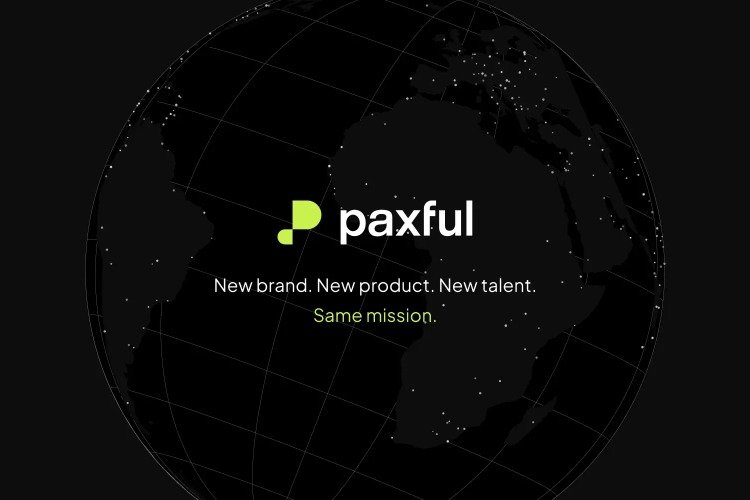What’s the Future of Decentralized Crypto Trading? P2P Pioneer Paxful Has the Answer

The history of finance started in ancient times when farmers and tribespeople bartered goods caught on the hunt or grown in their fields. Soon after, whether shells or precious metals, ancient peoples improved their trade through more durable and widely accepted currencies than sheep or wheat. For centuries after, all trade happened directly between two parties, one peer to another.
A lot has changed since then: We can now enjoy new financial instruments like debt and global transfers, but we also endure many new layers of intermediaries, each taking a cut and seeing a snapshot of every financial interaction. Is this truly the better way?
One company has a different vision: a borderless global economy built for the 100%, free of rent-seeking middlemen, giving everyone — especially the Global South — a chance at prosperity. With 14 million users in 140 countries, they’re well on their way — and with a recently upgraded mobile app and new AI integrations, peer-to-peer giant Paxful is making their plan future-proof.
Here’s what we learned about their vision for P2P from a newly published rebrand announcement.
What role does P2P play in global finance today?
While traditional financial systems like banks offer reliability, standardized processes, and a long list of financial services, they are riddled with inefficiencies that fintech and cryptocurrencies have since challenged. Worse yet, even these legacy financial rails don’t reach an estimated 4 billion people across underbanked countries, leaving massive parts of the world isolated from the global economy.
It’s with this group that P2P has found its niche, serving massive audiences in countries like Nigeria, India, and the Philippines for day-to-day transactions like online purchases and international transfers previously managed through the likes of Western Union.
P2P’s secret weapon is allowing users to buy their first Bitcoin, USDT, or other popular digital assets using hyperlocal payment methods or gift cards. This “last mile” of finance sees many P2P providers serving people not easily reached by large global exchanges like Coinbase—often those with less mobile data access, no bank account, or looking for a way to make money online without much risk capital.
How is P2P changing as we look to the future?
Underneath a new app, Paxful’s real investment is in artificial intelligence. The company claims major safety and support speed improvements from AI agents paired with support staff but also predicts AI integrations will go much further in the future.
As the cryptocurrency market becomes more sophisticated, users will come to expect further automation, which might be driven by AI—culminating in full trade automation. An intermediate step might be Paxful’s upcoming “recommended offers,” which promise to enhance P2P checkout safety and speed.
Additionally, with the regulatory landscape in the United States becoming more sophisticated, Paxful is observing elevated standards for identity and transaction monitoring. With new senior hires across the company and a dedicated anti-money laundering (AML) and know-your-customer (KYC) program, the company’s new leadership is taking compliance seriously. This follows the more cautious stance taken by other US-based crypto marketplaces, such as centralized exchanges like Coinbase and decentralized exchanges like Uniswap, each under close regulatory scrutiny.
Will peer-to-peer and centralized trading coexist?
The last few years have seen the largest cryptocurrency companies like Coinbase and Binance expand their set of services from simply buying Bitcoin to a full suite of Web3 and trading services. Large exchanges have built over-the-counter desks and begun providing secure custody to cater to institutional clients. These same exchanges have birthed branded blockchain BSC and Base and stablecoins BUSD and close Coinbase partner USDC, popular with retail users. At the same time, large banks and fintech firms are beginning to incubate or acquire cryptocurrency projects.
So, where does P2P fit into this gradually maturing ecosystem?
Global annual P2P cryptocurrency volume is estimated at $100 billion, mainly from regions with limited access to traditional banking services, such as Sub-Saharan Africa, Southeast Asia, and Latin America. As cryptocurrency adoption continues to rise globally, with over 580 million crypto users by the end of 2023, P2P trading remains a vital component of the decentralized finance ecosystem, especially for users with few local cryptocurrency on-ramps.